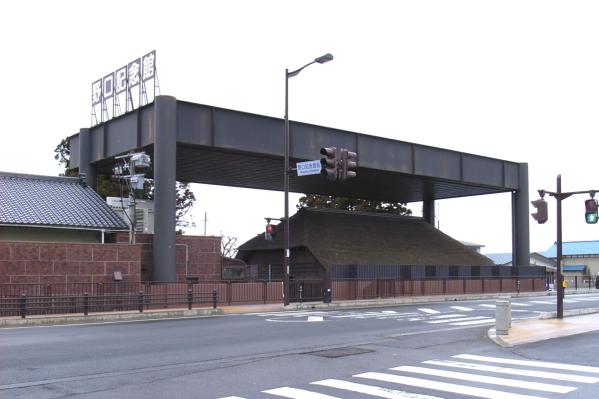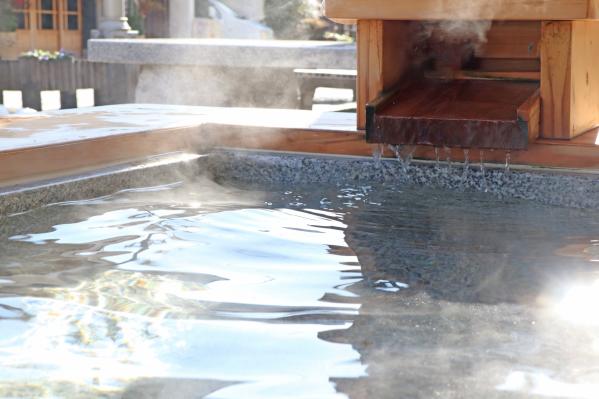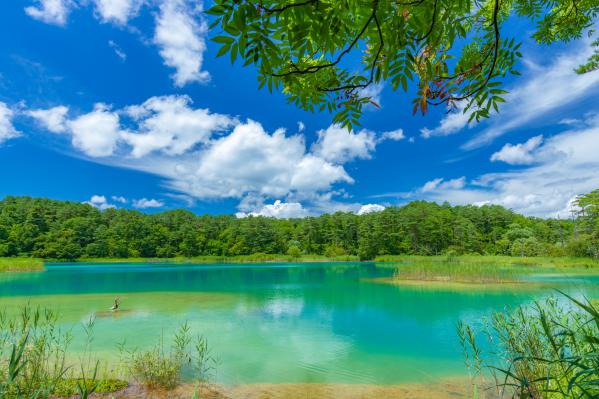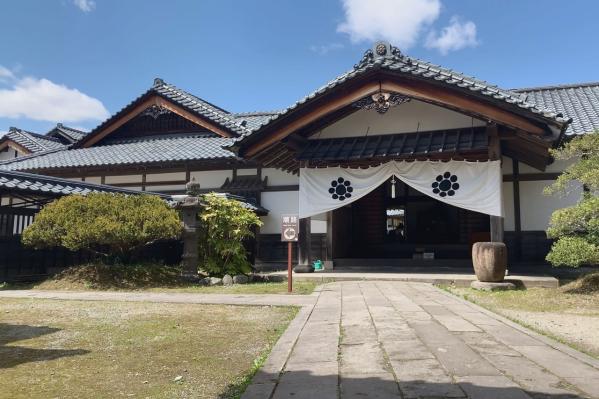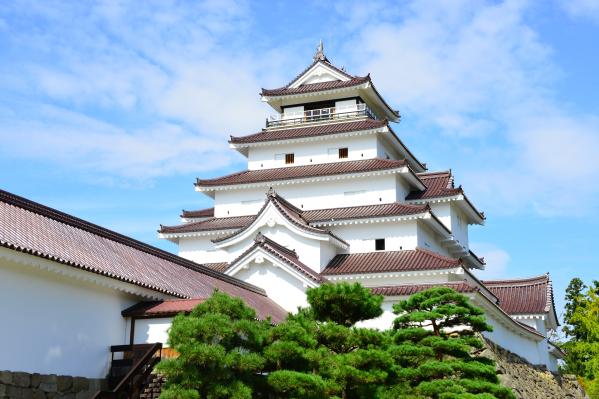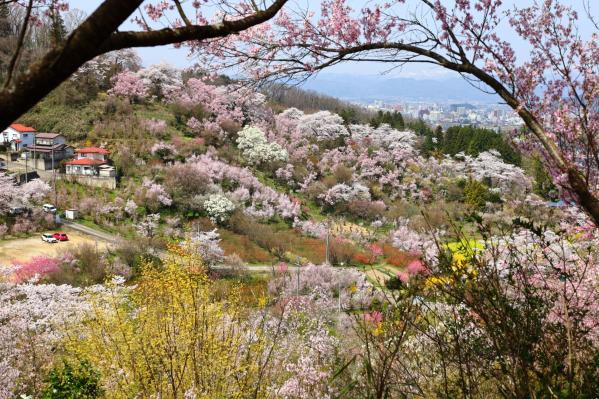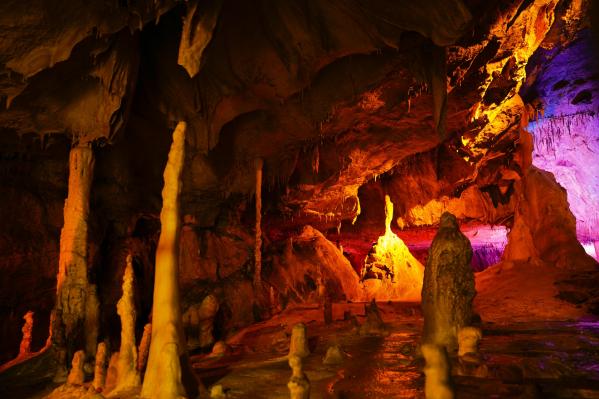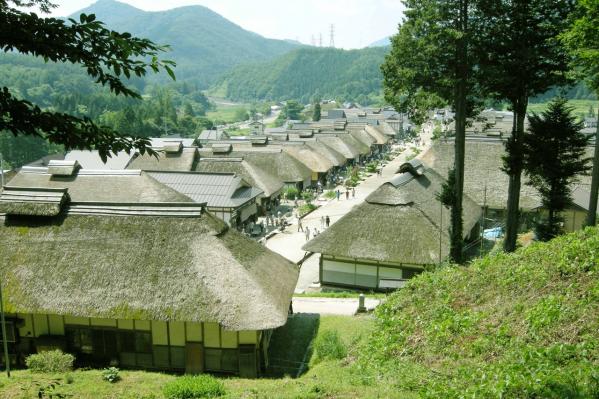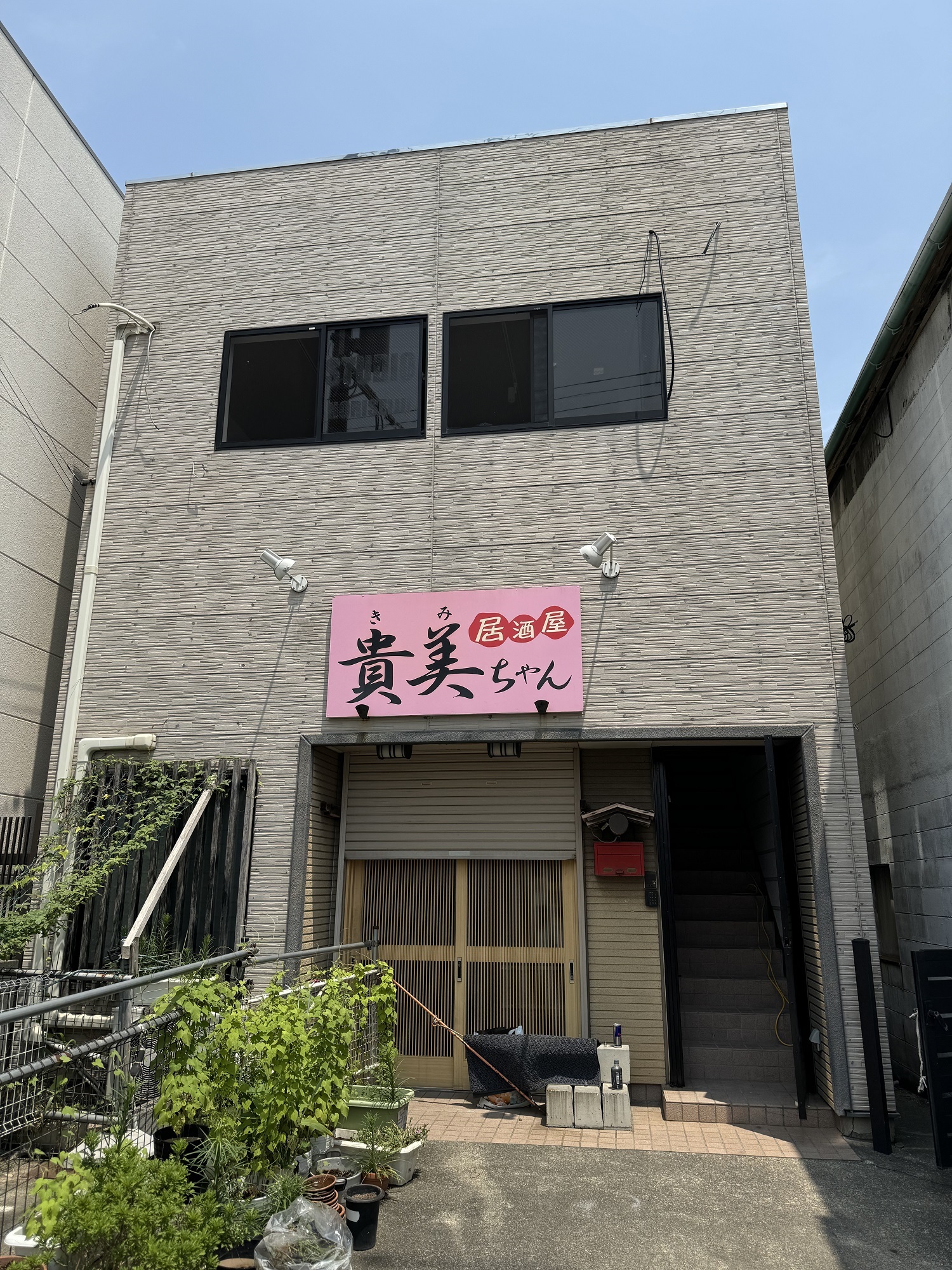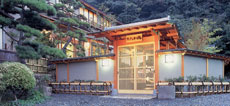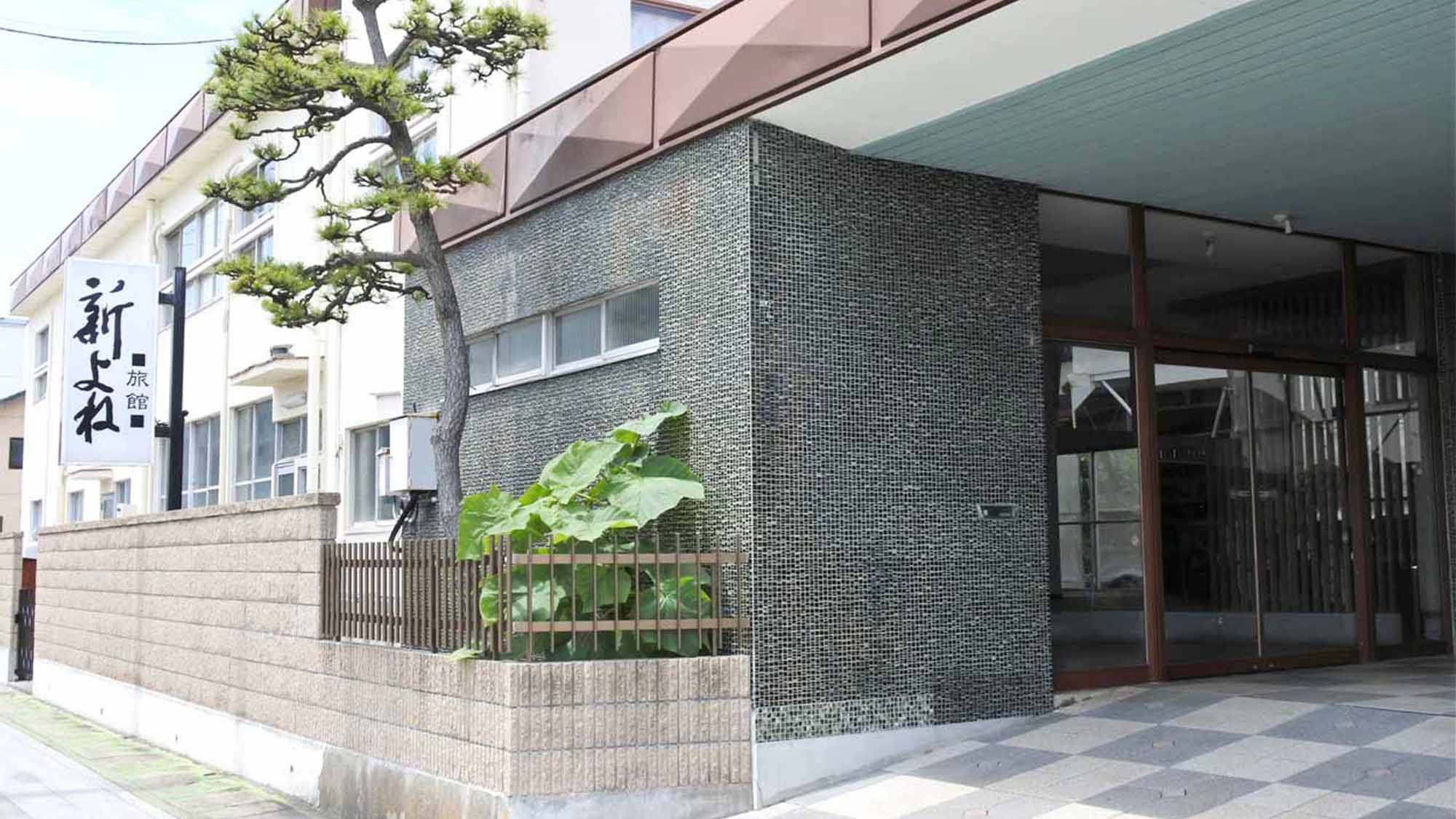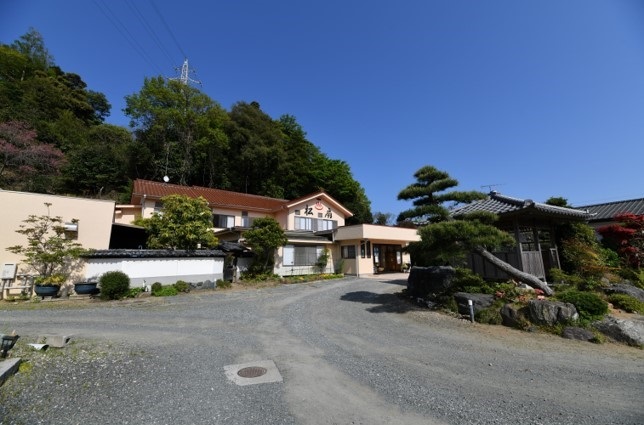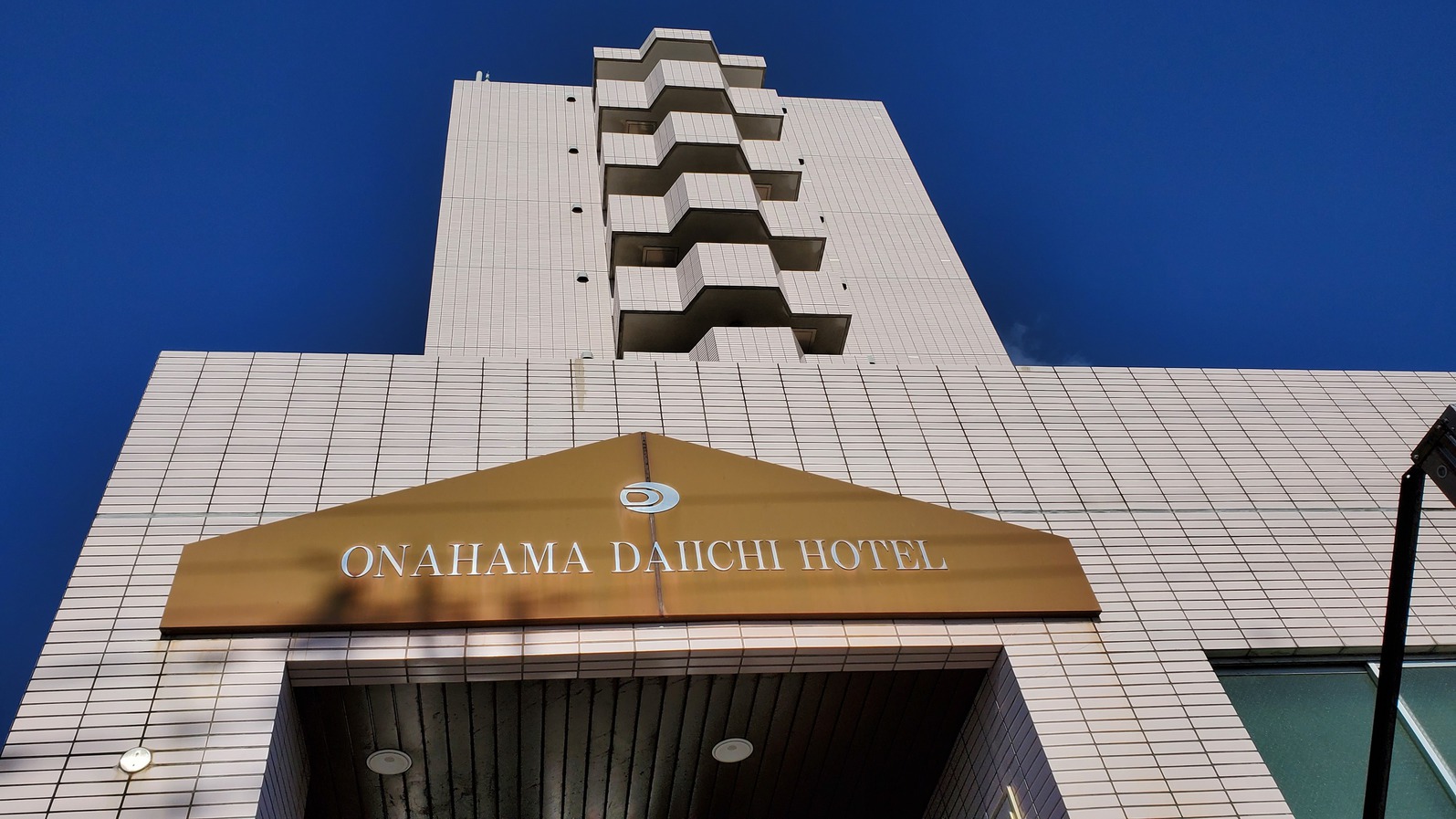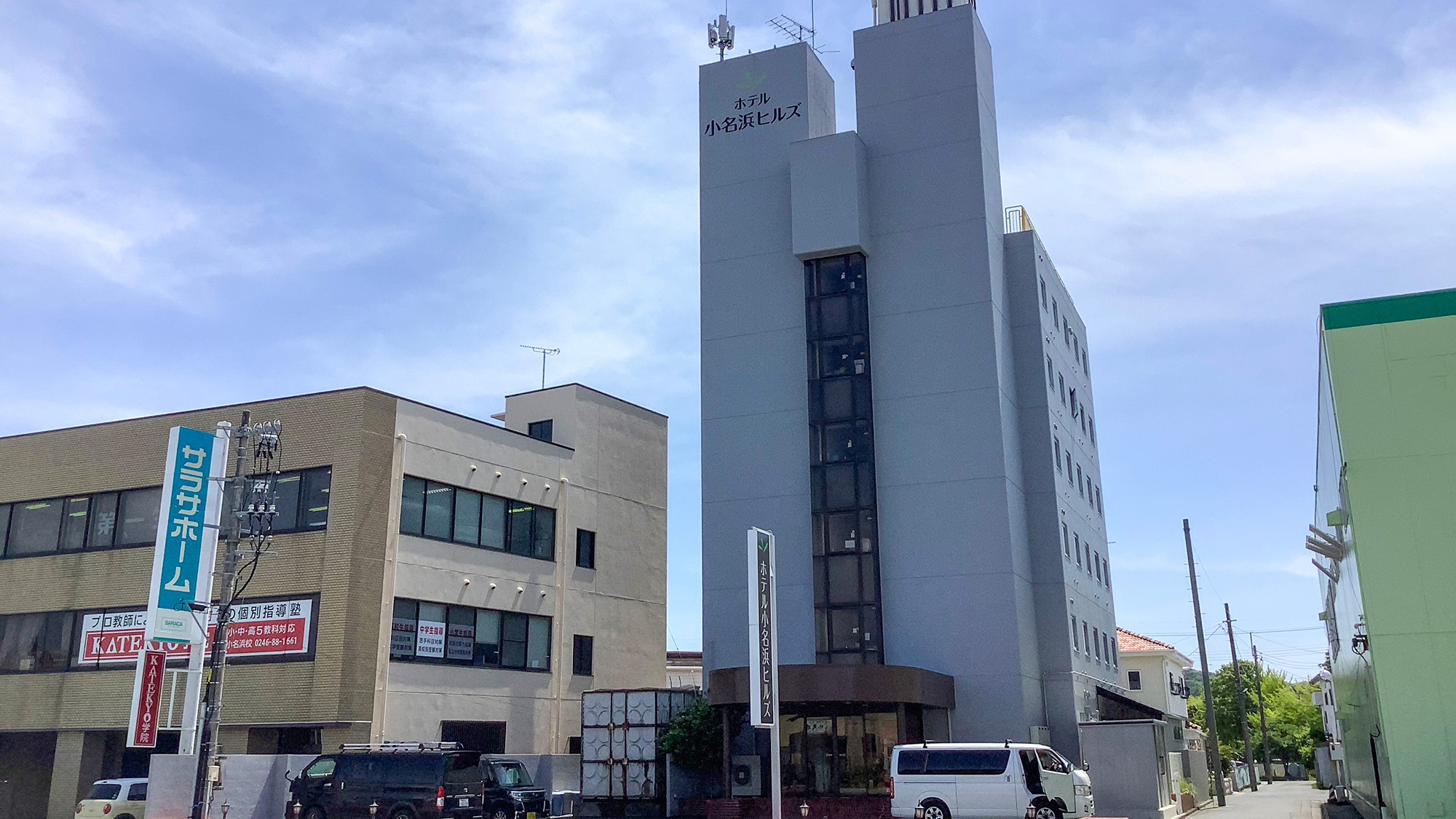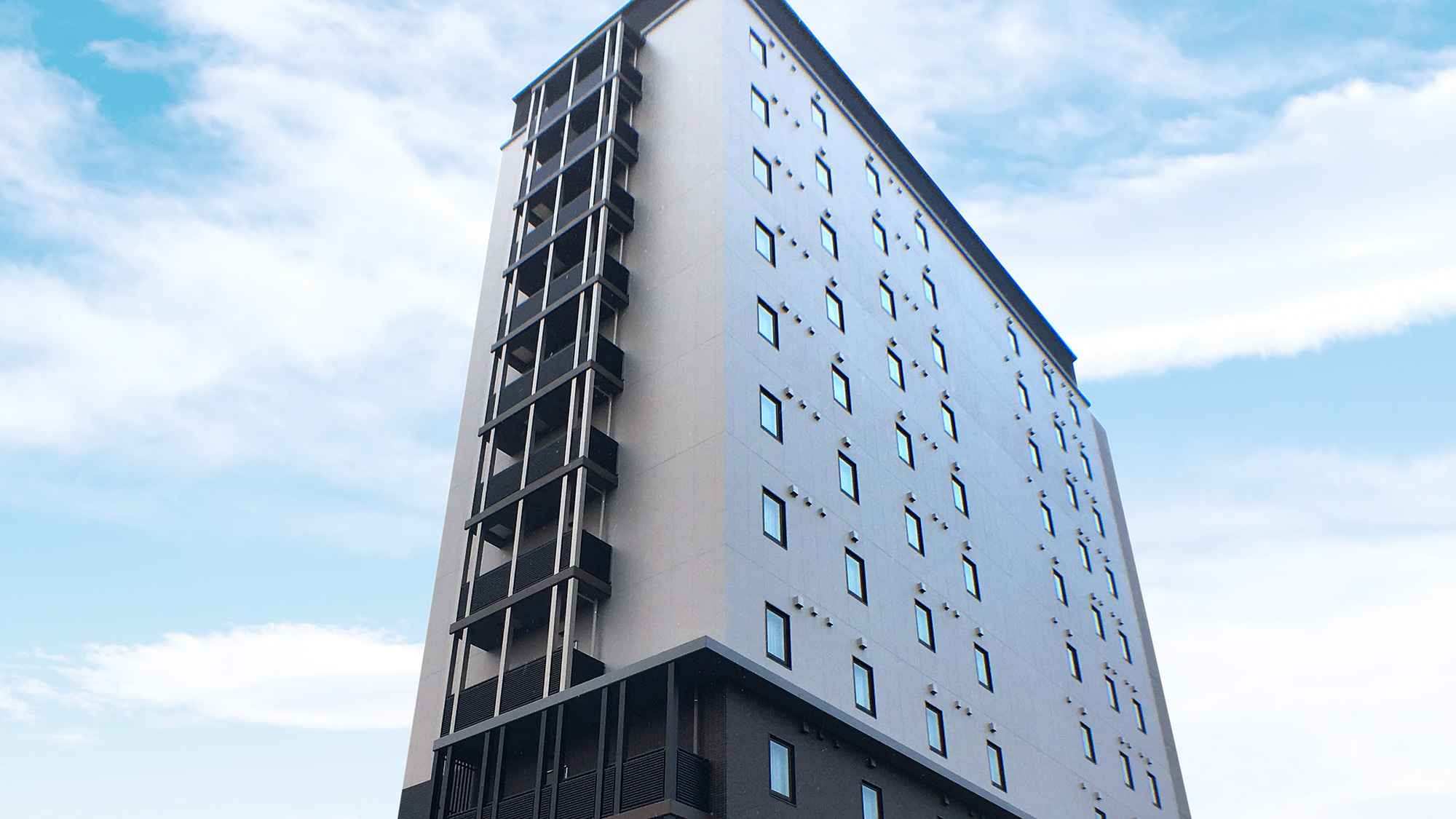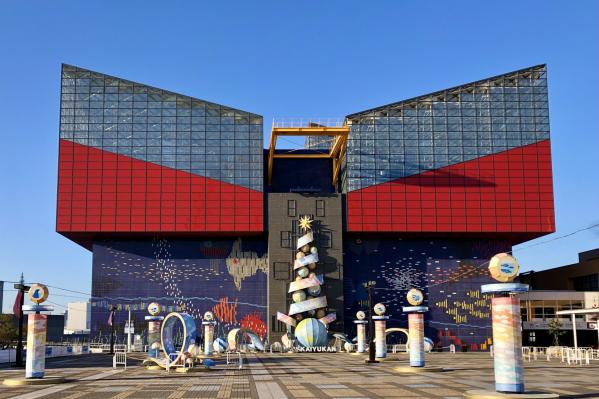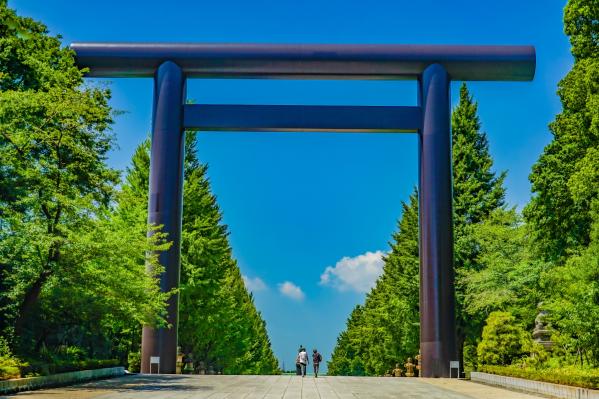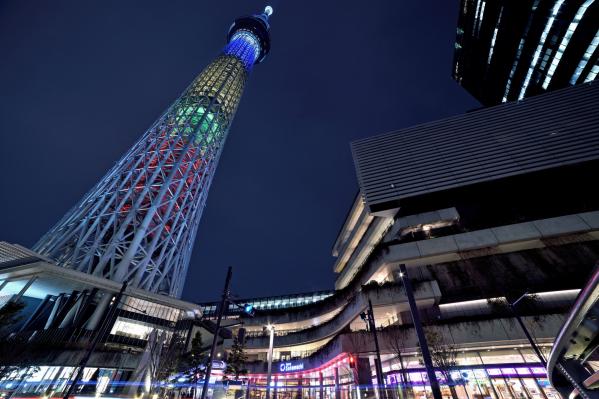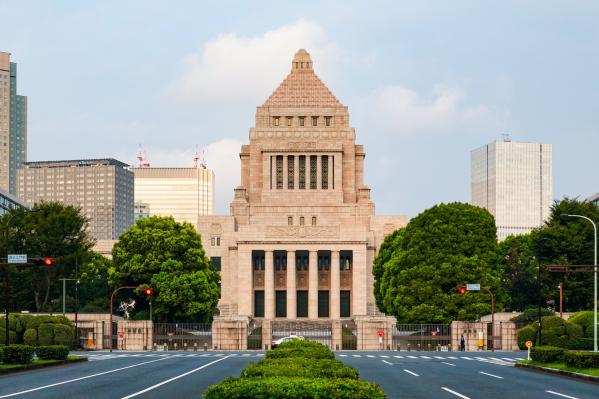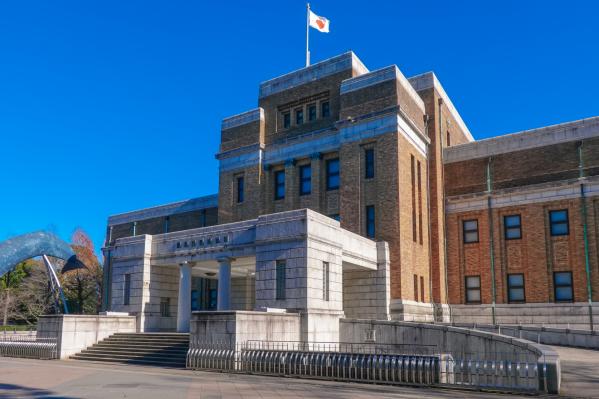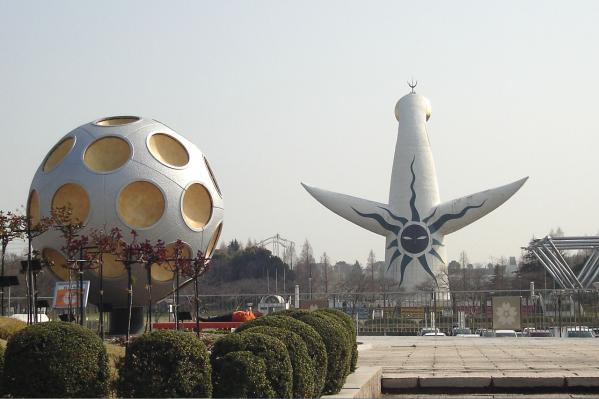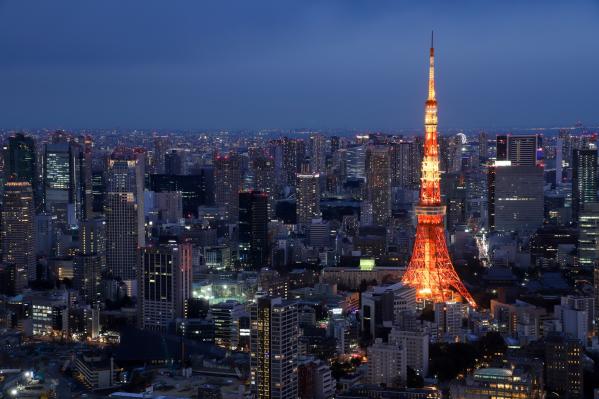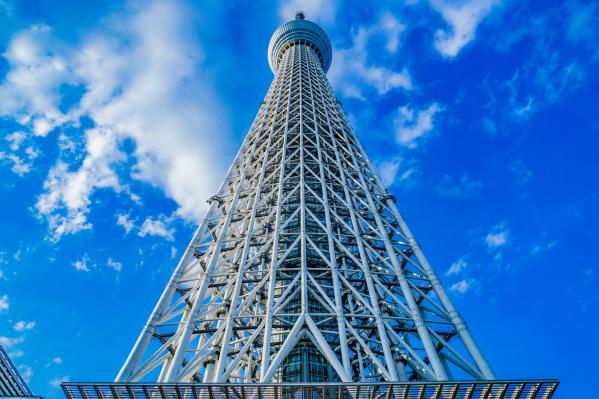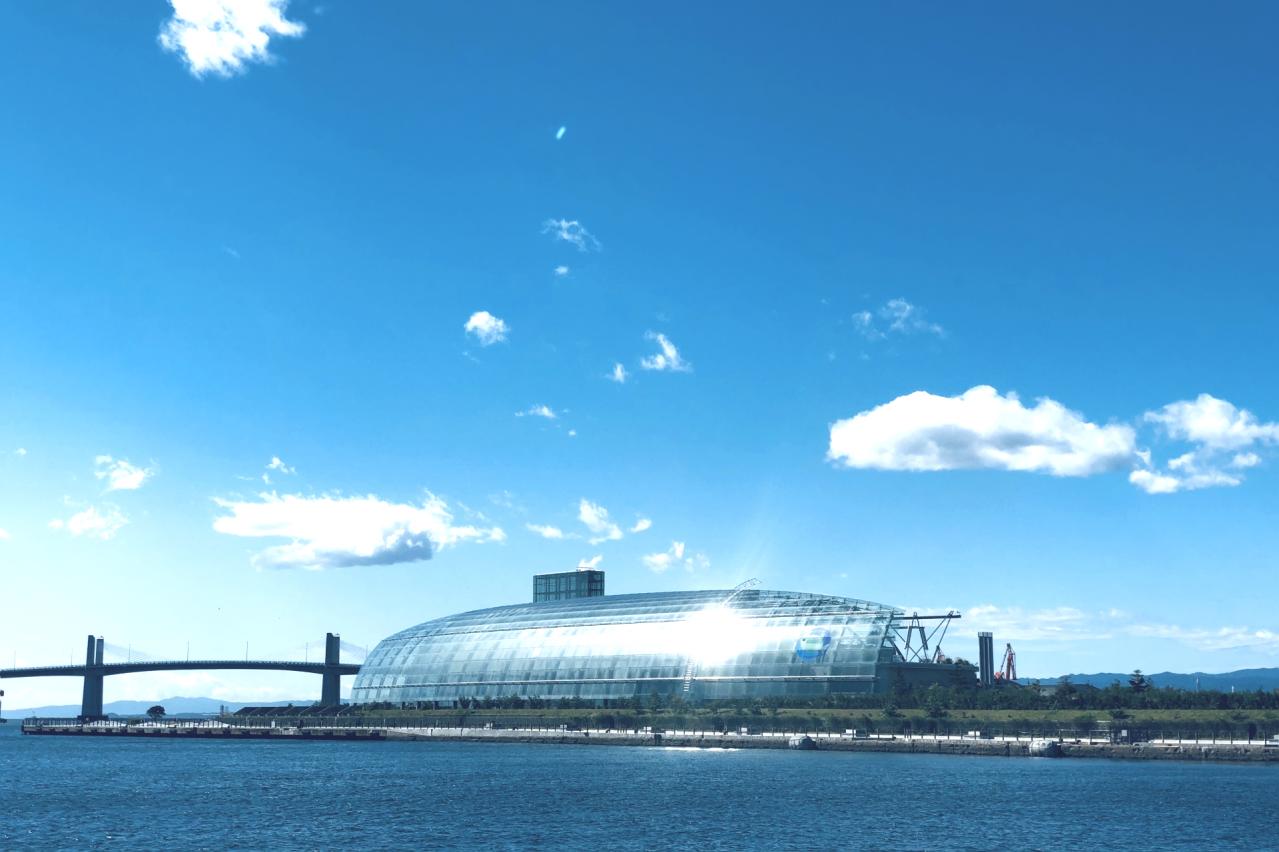
Aqua Marine Fukushima
Basic Information
- Spot Name
- Aqua Marine Fukushima
- Location
- 〒971-8101 50 Tsumimachi, Onahama, Iwaki City, Fukushima Prefecture, Japan
- Access
- From JR Joban Line Izumi Station (an express stop), take a local bus (towards Onahama or Ena) to the nearest bus stop "Aeon Mall Iwaki Onahama," which takes about 15 minutes, followed by a 5-minute walk. Please note that at certain times, the bus may not stop at "Aeon Mall Iwaki Onahama." In such cases, get off at "Shisho Entrance," and it will take about 10 minutes to walk to Aquamarine Fukushima.
- Parking
- Parking available for 1,500 cars.
- Business Hours
- 9:00 AM to 5:30 PM (Last admission at 4:30 PM)
*Opening hours may change depending on the season. - Regular Holiday
- Open year-round.
- Fees
- General: 1850 yen
Elementary, Junior High, and High School Students: 900 yen
Preschool Children: Free - Contact Information
- Phone Number:0246-73-2525
- Official Website
Map
Detailed Information
Aqua Marine Fukushima is one of the largest experiential aquariums in the Tohoku region, located in Onahama, Iwaki City, Fukushima Prefecture. The aquarium is themed around the "meeting of currents" where the Kuroshio (Black Current) and the Oyashio (Parent Current) converge off the coast of Fukushima. It showcases approximately 800 species and 80,000 marine creatures, including local fish, colorful tropical fish from coral reefs, seals, and sea lions. Unlike traditional aquariums that simply display creatures in tanks, Aqua Marine Fukushima focuses on "environmental reproduction exhibits," recreating natural habitats where visitors can closely experience animals living in their natural states.
The centerpiece exhibit, "The Meeting of Currents," features a large tank where Kuroshio and Oyashio fish coexist. Visitors can walk through a triangular tunnel located in the center, providing a thrilling experience as various fish swim above and beside them, giving the sensation of walking underwater. The aquarium also includes exhibits that replicate local environments such as the Sea of Okhotsk, tropical Asia, and the mountains and rivers of Fukushima, utilizing natural light in unique display methods that are distinctive among aquariums in Japan and abroad.
Aqua Marine Fukushima is not only about exhibits but also offers a variety of experiential programs. In the children's experience center "Aqua Marine Egg," visitors can try their hand at fishing and even cook and eat their catch on-site. Popular educational programs include charcoal grilling experiences, canned food-making, and bonito shaving. There are also "Backyard Tours," which allow visitors to see the usually off-limits rearing facility, and "Hebi no Me Beach," one of the largest touch pools in the world where visitors can interact with creatures barefoot, engaging with nature through all their senses. Seasonal events are held, such as "Night Tours" exploring the aquarium after dark and "Animal Play in Egg Forest," which encourages physical participation.
Furthermore, Aqua Marine Fukushima plays a crucial role in conveying the memory of the earthquake disaster. The aquarium suffered immense damage in the 2011 Great East Japan Earthquake, losing about 90% of its marine life due to the loss of power from the shaking and subsequent flooding. However, thanks to the dedicated efforts of the staff, the aquarium reopened just four months later. Today, it has recovered to become a representative tourist attraction in Fukushima, welcoming around 610,000 visitors annually (in fiscal year 2023).
Inside, pre-booked "Earthquake Guidance" and "Earthquake Learning" programs are offered, using photos and videos to share how the staff responded during the disaster and how they achieved the reopening. Over 2,500 participants take part in these programs each year, with children expressing sentiments such as "The tsunami story was scary" and "I was surprised at how quickly they could reopen." In a country where earthquakes and tsunamis frequently occur, the aquarium serves an important educational role in conveying the significance of learning from the disaster and preparing for future events.
Aqua Marine Fukushima brings together the lives of its marine creatures, visitors, and the dedicated staff. The facility hopes visitors will develop an interest in nature and marine life through its exhibits and experiences, creating joyful memories. The lively fish swimming within serve as a symbol of Fukushima's recovery from the disaster. This is a special place that continues to convey the allure of the ocean and life, the importance of life, and the strength of recovery.
Aqua Marine Fukushima Movies
Fukushima Tourist Attractions
View ListHideyo Noguchi Memorial Museum
The Noguchi Hideyo Memorial Museum is a facility that introduces the life and achievements of the bacteriologist Hideyo Noguchi, known for his portrait on the 1,000 ...
Iizaka Onsen
Iizaka Onsen, a representative hot spring district of the Tohoku region, is a historic and beloved spa that has been visited by famous literary figures such as Matsu...
Goshikunuma
The Goshikinuma Pond Group in Urabandai, Fukushima Prefecture, is a mysterious cluster of lakes created by a landslide during the volcanic explosion of Mount Bandai ...
Aizu Samurai Residence
Aizu Bukeyashiki is a historical theme park centered around the residence of Aizu domain chief retainer, Saigo Yorimoto, which has been relocated and restored. Cover...
Tsuruga Castle
Tsurgasaki Castle, also known as "Aizu Castle" or "Aizuwakamatsu Castle," is famed for withstanding the fierce assaults of the new government forces during the Boshi...
Hanamiyama Park
Hanamizuki Park is a renowned flower spot in the Wataru area of Fukushima City, praised by the late photographer Shojiro Akiyama as "a paradise of peach blossoms in ...
Abukuma Cave
Abukuma Cave is a tourist destination that boasts the beauty of natural formations created over eons. The cave, spanning approximately 600 meters in length, is home ...
Ouchi-juku
Ouchi-juku, located in Minamiaizu, Fukushima Prefecture, was once an important post town on the Aizu Nishi Kaido, a highway connecting Aizuwakamatsu and Nikko Imaich...








